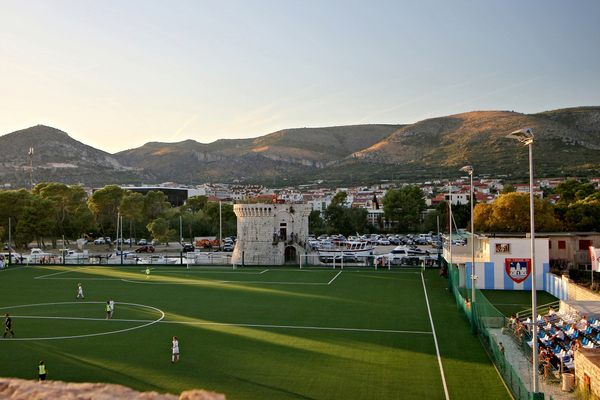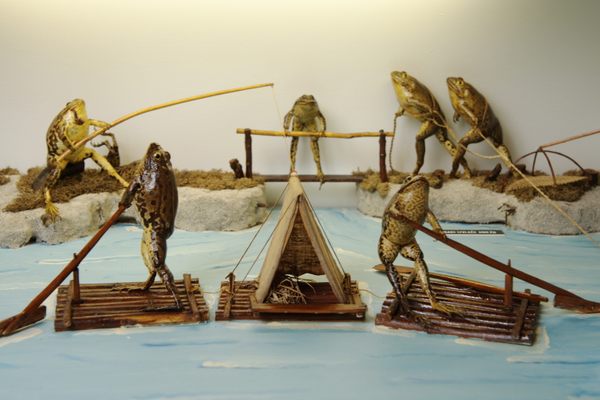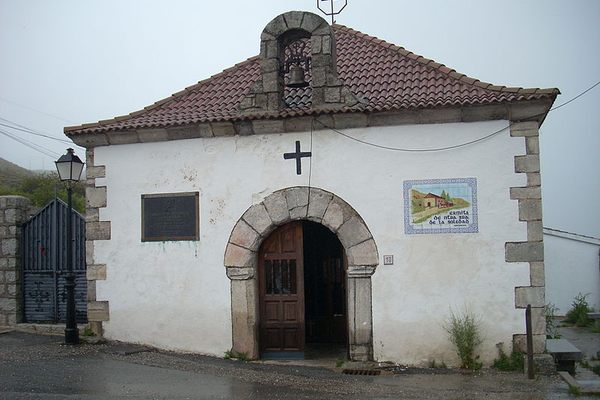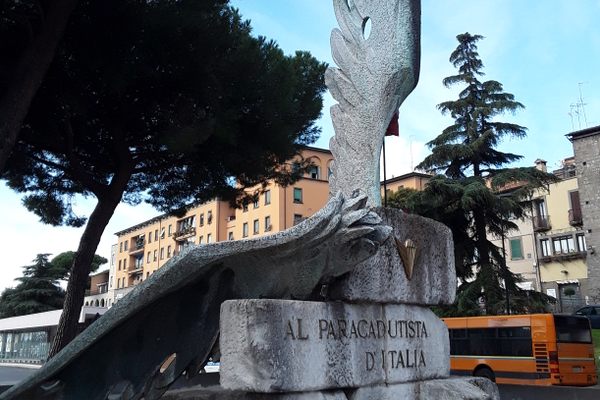Crkva Sv. Sebastijana (Church of St. Sebastian)
The interior of this church has been turned into a memorial to locals who died in Croatia's Homeland War.
Rising ethnic and cultural tensions in what was Yugoslavia during the late 1980s and early 1990s lead to a political division process now known as Balkanization. One of the ethnic groups involved in this conflict was the Croatians, declared independence in 1991. While not all Catholics in Yugoslavia were ethnic Croatians, and not all ethnic Croatians were Catholic, the identity and the Christian denomination were often seen as inextricably united.
So it makes sense that a building such as an old Catholic church would become a memorial to Croatians who died in what is known locally as the Homeland War. All wars are complicated, but the ones that arose from Balkanization were particularly so, to the degree that, as of the 2020s, parts of the conflict remain unresolved, such as the status of Kosovo.
Croatia’s Homeland War is considered to have lasted from 1991-95, under the leadership of Franjo Tuđman (also spelled Tudjman) and with ethnic Croats supporting others in areas outside of the modern-day country’s borders. The wars following the breakup of Yugoslavia led to the trying of several key figures for war crimes during the early 21st century. Following his death in 1999, Tuđman’s legacy has become a contentious issue in Croatia. To this date, a majority of citizens have a favorable opinion of him, although the percentage with a negative perception continues to rise slowly.
For the general population, the war’s impact was deeply felt. An estimated 14,000 Croats died during the conflict, and more than 300,000 were displaced. Almost every population center has some form of memorial to their local losses. In Trogir, the location chosen was the 15th-century Church of St. Sebastian. Located in the heart of the historic city center, the church’s exterior is notable for its sculpture of St. Sebastian and its impressive clock tower.
Designed by Niccolo di Giovanni, construction on the church was completed by 1482. The simpler interior features another statue of the saint as well as carved sarcophagi, all made of white stone. The modern memorial consists of a lit panel with pictures of Trogir’s war dead, along with a plaque carved with their names and a dedication. A Croatian flag completes the tribute.
Know Before You Go
July 2024: The memorial has been removed from the crypt, which is only viewable through the bars on a window in a locked door.



















Follow us on Twitter to get the latest on the world's hidden wonders.
Like us on Facebook to get the latest on the world's hidden wonders.
Follow us on Twitter Like us on Facebook